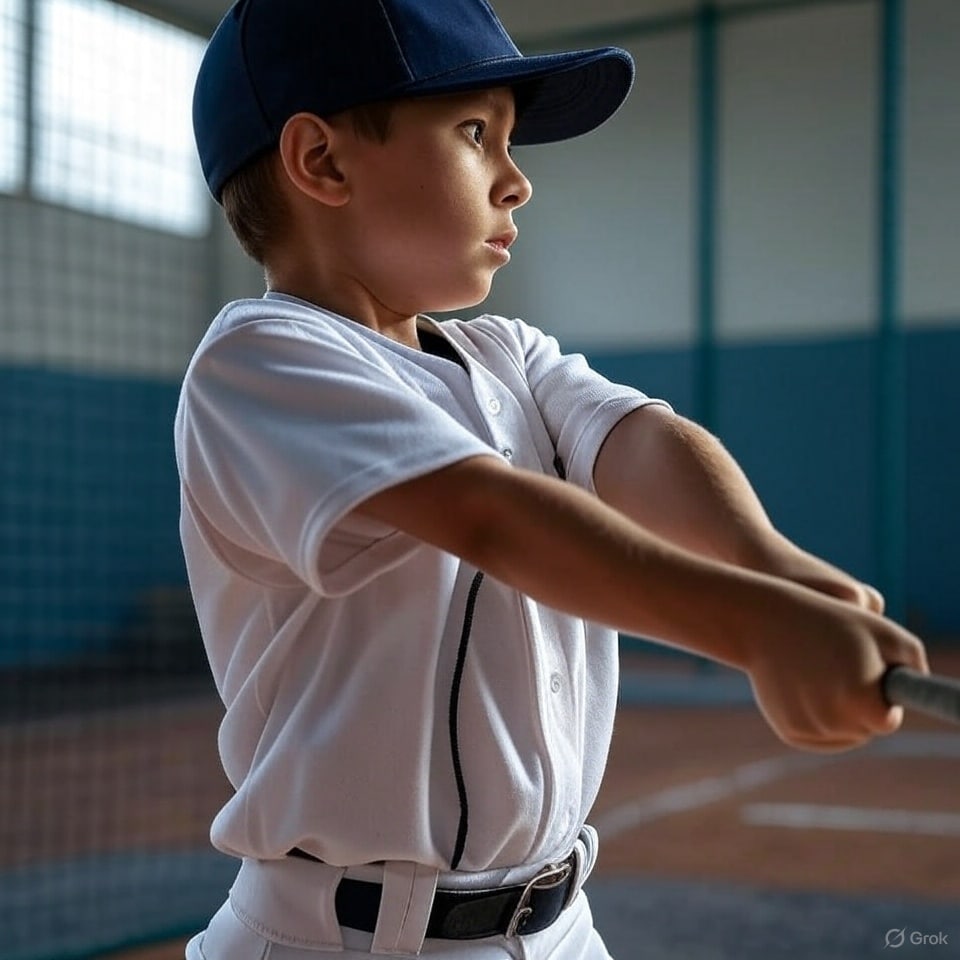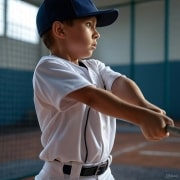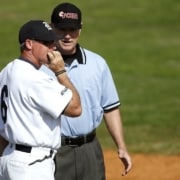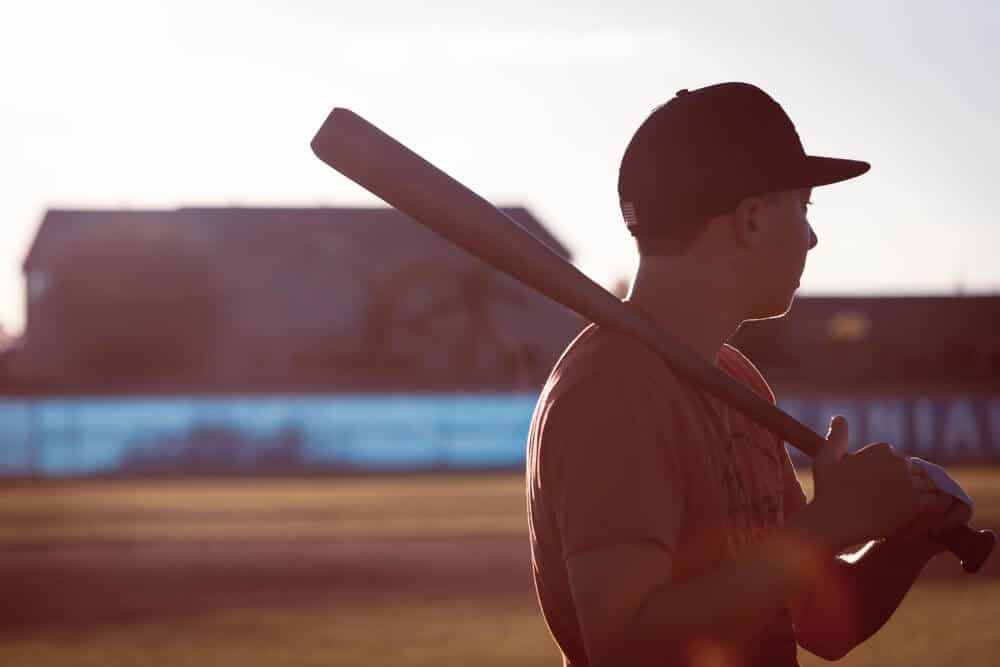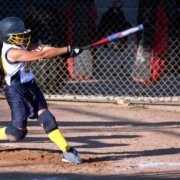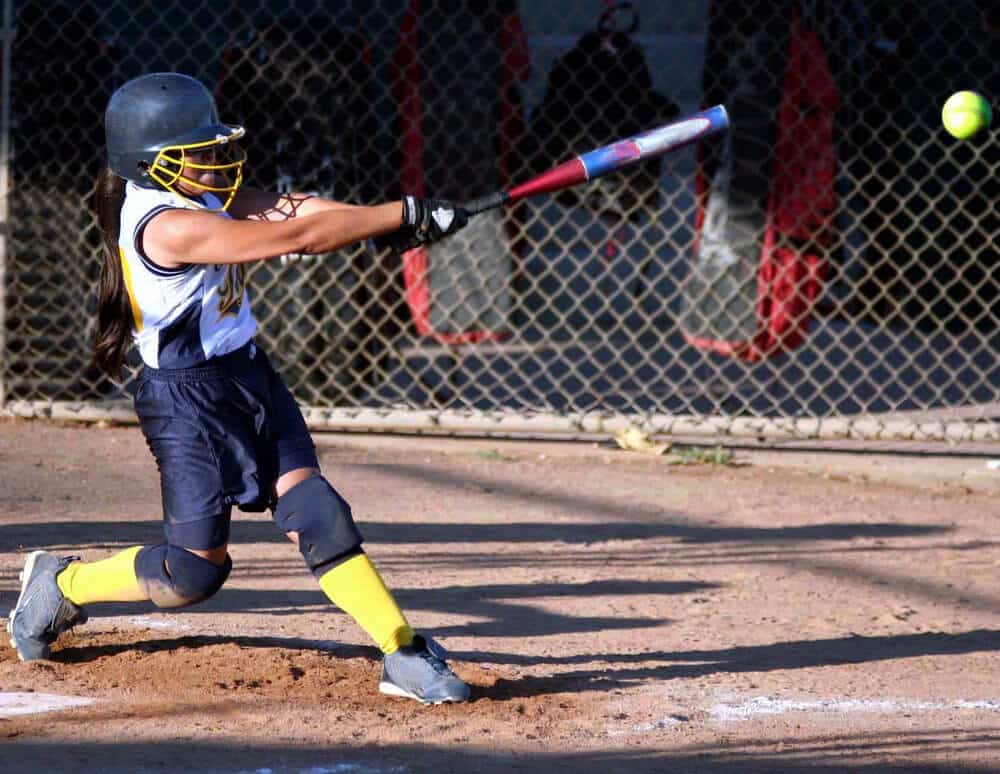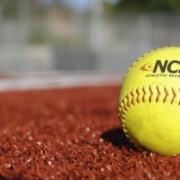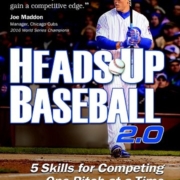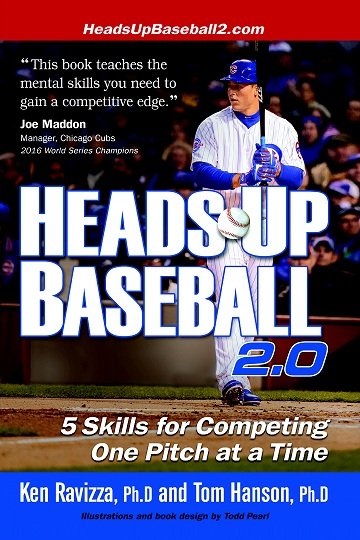
In this age of data-driven coaching, discover whether coaches are relying too heavily on analytics…
As a devoted hitting instructor and an avid admirer of sabermetrics, I find myself at the crossroads of tradition and innovation, where the crack of the bat meets the hum of data servers. In this era of digital transformation, the incorporation of data-driven coaching techniques has undeniably revolutionized the way we approach sports. Yet, as we delve deeper into the realm of analytics, a pressing question emerges: are coaches leaning too heavily on data, risking the very essence of the game that makes it an art as much as it is a science?
I can’t help but chuckle when I overhear those local scouts, once stars themselves, giving the side-eye to all this analytics chatter, throwing shade at “launch angles” and “ball exit speeds.” It’s like they’re missing the juiciest part of the story, the twist that adds that extra zest to predicting a player’s future magic. Imagine, their job is all about foreseeing what’s to come, and yet they’re skipping a beat, a crucial beat, in the rhythm.
Now, in my corner, it’s all about transforming those ordinary hitters into pure rock-stars. I mean, think about it – I’m not just helping them grow wings, I’m sending them soaring light-years beyond what they’d normally reach. And yes, you betcha, I’ve got my analytics toolbox right here beside me. It’s like having a secret recipe, a sprinkle of data to jazz up the coaching potion.
So here’s my rallying cry, my virtual megaphone to the scouts, coaches, and instructors out there: it’s time to embrace the jamming duet of that glorious “crack of the bat AND hum of data servers.” The sweet spot isn’t just on the field; it’s in the synergy of old-school instinct and cutting-edge digits, creating a symphony of success that’s just waiting to be played.
SCIENCE-BASED TRAINING:
Improve your hitting strategy dramatically by applying human movement principles.
Learn not only how and what to train but also the science behind the methods.
The Rise of Analytics in Sports
The sports arena has witnessed an unprecedented shift in recent years. Gone are the days when coaches solely relied on gut feelings and experience to make critical decisions. The rise of analytics has opened new avenues, providing coaches with a treasure trove of insights that were once hidden beneath piles of numbers. As we cheer on our favorite baseball teams, we often fail to realize the intricate dance between coaches and data scientists, working collaboratively to decipher patterns, predict outcomes, and fine-tune strategies.
Data-Driven Coaching in Baseball
In the realm of baseball, sabermetrics reign supreme. These sophisticated statistical measures have transcended the diamond, guiding coaches in optimizing player lineups, defensive shifts, and pitching rotations. Remember the time when Billy Beane, the famed general manager of the Oakland Athletics, shook the baseball world by using sabermetrics to assemble a competitive team on a shoestring budget? That was a turning point, a realization that numbers held secrets waiting to be unlocked.
Here are a couple helpful resources:
- SportsScienceMonitor – How can coaches and sport scientists best use data to their advantage? And,
- LinkedIn – How do you balance intuition and data in your sports management decisions?
The Balance Between Art and Science
Yet, let’s not forget that baseball is not just a game of numbers; it’s a visceral experience of passion, camaraderie, and moments that define the spirit of competition. There’s an intangible magic in the dugout conversations, the pep talks, and the mentorship that coaches provide. The data might tell us about a player’s swing trajectory, but it fails to capture the fire in their eyes during a crucial inning.
And one of my favorite experts on the subject of this coaching relationship with players is Dr. Tom Hanson. ALL great coaches built very important relationships with their players.
Potential Pitfalls of Over-Reliance on Analytics
As the allure of data-driven insights grows, there’s a risk of becoming too entangled in the web of numbers. Coaches might unintentionally distance themselves from players, relying solely on analytics to guide their decisions. This detachment can strip away the personalized approach that coaching thrives upon. Numbers can’t capture a player’s morale or predict the influence of weather on a game.
Striking the Right Balance
The solution lies in achieving equilibrium between art and science. Data should serve as a tool, not a crutch. Coaches can use analytics to enhance their expertise, but they must also trust their instincts honed over years of experience. Collaboration between coaches and data analysts can lead to harmonious decision-making, where numbers supplement, rather than overshadow, the coach’s acumen.
One of my good hitting coach friends has a sabermetrics person optimize his high school team’s lineup. He supplies the stats and they produce the projected winning lineup.
Tips for Baseball Coaches Wanting to go from Good to GREAT
To the esteemed coaches steering major league baseball teams, here’s a friendly nudge: embrace data, but don’t let it overshadow your natural coaching flair. Approach analytics with a growth mindset. Treat each statistic as a piece of a puzzle rather than the definitive answer. Just as a pitcher’s curve-ball isn’t the same every time, numbers too have their variations.
A Playful Look at Numbers and Coaching
Think of coaching as a game of its own, where each decision is a calculated move on a human chessboard. The data is your playbook, offering strategies and scenarios. But like any game, there’s room for improvisation, surprise, and even a bit of mischief. Numbers might predict a certain outcome, but they can’t anticipate the adrenaline rush of a bottom-of-the-ninth comeback.
Mixing in a little unpredictability here is key. The power of surprise.
The Coach’s Dilemma: To Trust or Not to Trust the Numbers
Imagine standing in the dugout, your heart pounding with anticipation. The numbers are whispering one thing, but your gut tells you another. Here’s the beauty of coaching: it’s a blend of science and heart. There’s no formula to decide which to follow. It’s a dance between rationality and instinct, often choreographed in the heat of the moment.
Case Studies: Coaches Finding the Sweet Spot
Take Joe Maddon, for instance, the former manager of the Chicago Cubs. Known for his balanced approach, Maddon harmoniously merged data insights with his intrinsic understanding of the game. His success story underscores the importance of embracing data while preserving the human touch. It’s not about choosing sides; it’s about orchestrating a symphony where both elements resonate.
The Future of Coaching: Where Data Fits In
As we peer into the future, the partnership between coaching and data is poised to deepen. Predictive algorithms will become sharper, providing coaches with glimpses of potential scenarios. But remember, no algorithm can fathom the unscripted beauty of a game-changing home run or a stunning diving catch. The future lies in a harmonious duet where coaches and data write a symphony of triumphs and challenges.
As we look ahead to the future of coaching, a parallel can be drawn from the music industry’s evolution. Just as Napster and Limewire revolutionized music consumption, challenging old norms and birthing streaming services like Spotify and Apple Music, a similar shift is unfolding in Hollywood through Artificial Intelligence (AI). Just like data analytics reshaped coaching strategies, AI is set to rewrite the script of movie making. Just as coaches and analysts collaborate, screenwriters, actors, directors, and producers will have to cha-cha with AI to keep up with the rhythm of change. Just like the undeniable allure of analytics in coaching, AI is a melody that can’t be ignored in the symphony of film making. The future calls for a harmonious dance between human creativity and technological prowess.
Conclusion
In the grand tapestry of sports, data-driven coaching is a compelling thread that weaves together tradition and innovation. It’s not about choosing sides but rather finding the balance that empowers coaches to make informed decisions while preserving the irreplaceable human element. So, as we cheer on our favorite teams and coaches, let’s celebrate the intricate dance between the artistry of coaching and the science of data.
FAQs
- Can data really capture the essence of coaching? Data offers insights, but coaching is an art that thrives on personal connection and intuition.
- How can coaches avoid over-relying on analytics? Coaches should use data to enhance their expertise, not replace their coaching instincts.
- Are there instances where data contradicts a coach’s gut feeling? Absolutely, and that’s where the coach’s wisdom shines – making the tough call.
- Will data ever replace coaches? Unlikely. Data enhances coaching, but the human touch is irreplaceable.
- What’s the key takeaway for coaches and fans? Embrace data as a valuable tool, but remember that the heart of the game beats in human experiences and moments of brilliance.
SCIENCE-BASED TRAINING:
Improve your hitting strategy dramatically by applying human movement principles.
Learn not only how and what to train but also the science behind the methods.
